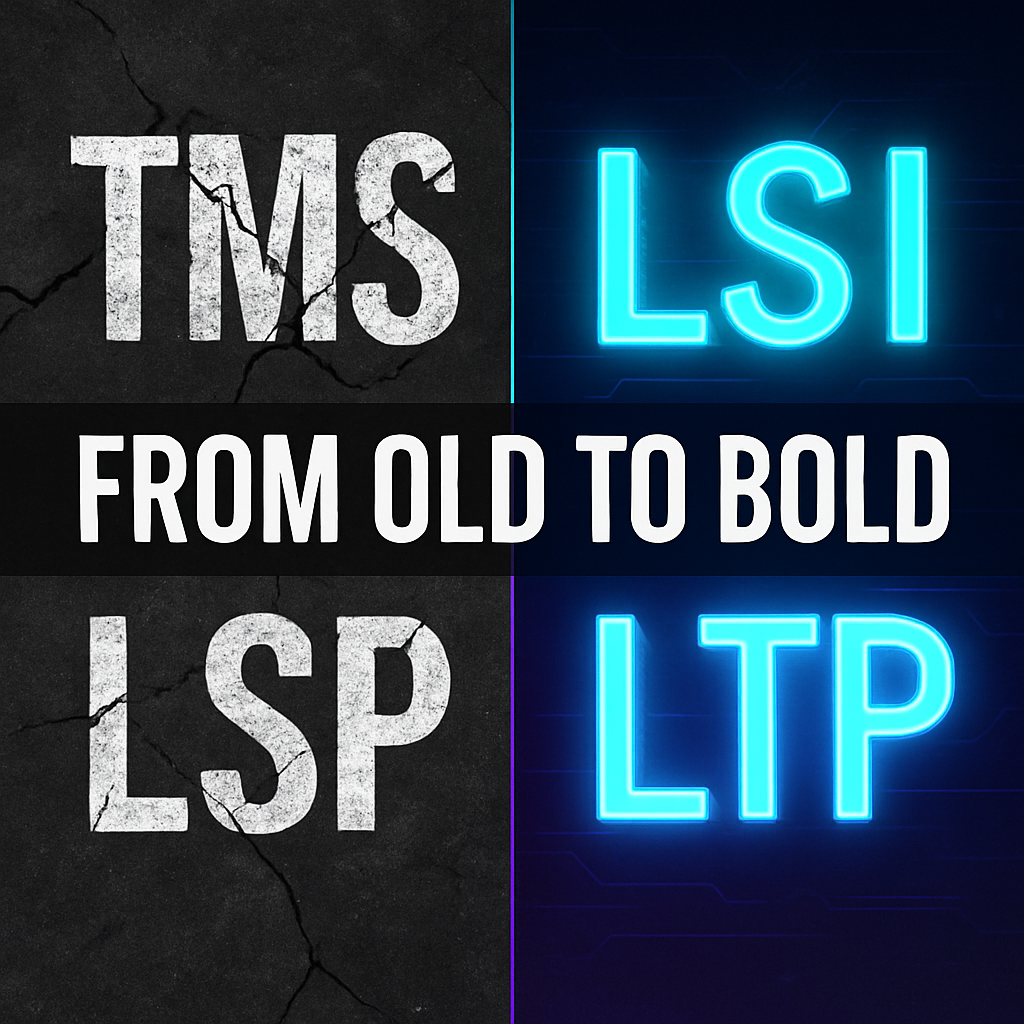Business translation management is a combination of two necessary platforms for localization: a translation management system (TMS) and business management system (BMS). Translation management incorporates the tools needed for translation, including the editing tools, translation memories, term bases, parsers, and segmentation tools. Business management centers more on the actual workflow of the project and managing the translation ROI.While many providers claim to offer business translation management, typically what they offer falls into one category or the other. This creates challenges as the work is segmented and doesn’t flow seamlessly throughout the system. By choosing a hybrid that combines both business management and translation services, you can enjoy a plethora of benefits that will improve your entire localization process.
The Benefits of Business Translation Management
Business translation management combines diverse components into one consolidated space. With it, you can assign translation projects, monitor workflows, keep track of billing, and run reports to help you maximize your localization ROI. With the right platform, you can enjoy:
#1. 24/7 access
A good localization management platform should be cloud-based so that you can access it from anywhere, whether you’re at home, on your phone, or in the office. This access is especially useful in managing remote, international teams.
#2. Automation of workflows
In a traditional localization project, files are constantly flying back and forth between team members, which can result in poor file management. A business translation platform will manage these assignments automatically and allow easy progress monitoring.
#3. Assignments by AI
The simple act of finding translators suitable for a given project is a time-consuming and troublesome process. The best platforms will offer AI assigning, where translators with proven metrics in a given language or field are automatically matched to projects.
#4. Centralized linguistic assets
Keeping all the term bases, translation memories, and corporate lexicons in a single space helps to eliminate segmentation, which can lead to inconsistent translation. Everyone has the same information and follows the same corporate standard operating procedures.
#5. Convenient collaboration
The ability to collaborate inside a given translation task, rather than having to send emails back and forth, is a significant time-saver that will help managers better communicate with team members.
#6. Progress tracking
In a traditional business scenario, critical progress reports and updates would demand a huge amount of time and effort. Managers can eliminate much of this hard work with a platform that provides a comprehensive snapshot of where every single piece of content is within the system and the overall progress of various projects. When they are able to dig into the data on a granular level, they can identify bottlenecks and problems and address them in a timely manner.
#7. Easy integration
A good platform will integrate with other company software assets, like content management systems, knowledge management systems, and reporting platforms, to allow for a seamless transition from one space to another.
#8. Built-in accountability
One common problem with a TMS is that there is little accountability for changes to strings once they’ve been shipped. With a combined BMS and TMS, workflow tasks are signed by a specific individual, meaning that issues with translations are easily traceable.
#9. Scalability
Platforms that combine business and translation processes allow managers to easily add or subtract tasks as needed so they can better allocate resources. Pivoting like this in two separate systems would likely be a lot more time-consuming and chaotic.
#10. Deadline management
Managing deadlines for translation services can be difficult as it’s often hard to determine when approved copy will be returned for publishing. However, a platform can help keep track of these tasks, allowing managers to understand when their new localized content can go live and plan around it.
#11. Improved translation quality
Smart platforms use approved translation strings as data that can feed into future projects. Approved terms are automatically added to a translation memory (TM) through the localization workflow. And when linguists sit down to adapt a particular string, the appropriate TM recommends translation matches based on previously approved strings. It’s a process that builds on itself: as more translation strings filter through the system, the smarter and more helpful the translation memory becomes. And, as a centralized asset in the platform, the TMs are much easier to access and maintain.
#12. Transparent ROI
A system that combines TMS and BMS features makes it much easier to correlate the return on investment for specific languages, content, and assets. Managers can best understand how the funds they put into localization improve their sales efforts in other regions. They can ramp up spending or decrease it based on these insights.
Finding the Right Localization Platform
Unfortunately, there aren’t many localization platforms that combine both translation management and business processes into one consolidated space. If you want to find one, you’re going to have to vet multiple potential partners to fully understand their integrations and services. In many cases, you may find that what is advertised as an end-to-end solution actually has major failings that make it unsuitable for your needs.When working with an actual business translation management system, you’re going to see a better ROI and improved operations efficiency. This is especially useful for organizations with a large portfolio of assets and the desire to grow on a global scale. These platforms make it much easier to reach out to new markets while still controlling workflows, costs, and quality.
Unlock the power of glocalization with our Translation Management System.
Unlock the power of
with our Translation Management System.
















.avif)









.png)